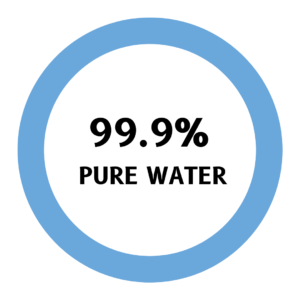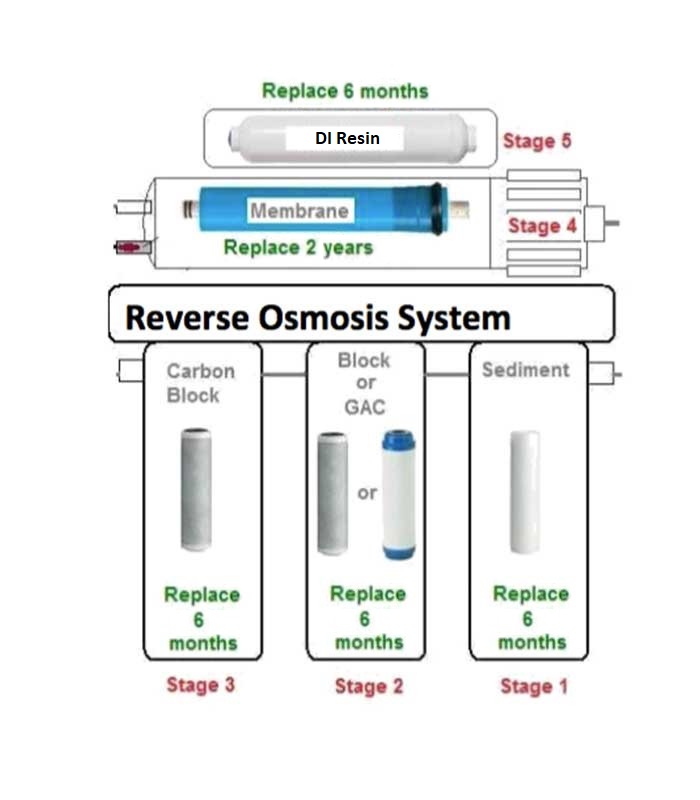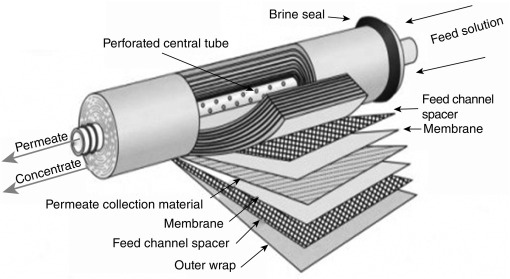How Does a RODI System Work? And Installing a RODI System

The toxins in our tap water are removed using a RO/DI system, making it safe to use in your aquarium. When it comes to water filtration at home, you can choose between a RO or a RO/DI system. The only difference between a RO and a RO/DI system is that the RO/DI system adds an additional filtration step called “DI or Deionization,” which reduces the water’s TDS to zero (total dissolved solids).
The main distinction between the two is the level of water purity obtained, which is subsequently used for various purposes. RO systems are used to filter water for freshwater aquariums and to create drinking water. RO/DI systems provide 99.9% pure water for scientific applications and use in saltwater aquariums.
Input The first stage of your RO/DI system is fed with water or tap water. A hose adaptor, which connects directly to the threads of your tap or pipe, is commonly used to connect to the RODI system. You can also utilize faucet adaptors to connect to your existing household faucet or the plumbing beneath your sink. Because hot water damages your RO/DI system, the input water should always be linked to your cold water line.
The sediment filter, which is a mechanical filter that collects bigger free-floating material or contaminants, is found in Stage 1. After a period of use, this filter becomes blocked and should be replaced every 6-8 months or as needed depending on usage. Over time, the filter will fade from white to a brownish-yellow tone.
The carbon filter in Stage 2 and 3 is made out of granulated carbon and CTO that adsorbs organics as well as other dissolved pollutants like chlorine and chloramines. With a five-stage system, you’ll have two carbon cartridges to handle high usage and target chloramines, which may quickly deplete carbon filter.
This carbon filter wears down with time and should be replaced every 6-8 months, along with the sediment filter. Replacing the carbon and sediment filters on a regular schedule will improve the life of your membrane because it will ensure any possible contaminants are removed before the water enters the next stage which is your RO membrane—the most expensive and critical filter stage of your RO/DI system.


Water enters the RO membrane, which is the heart of your filtration system, after passing through the carbon stage. Water is filtered via many layers of a thin film, which removes the majority of contaminants such salts, microorganisms, heavy metals, and other organic impurities (up to 98 percent). A pressure gauge and/or a TDS meter should be used to monitor the RO membrane. In most cases, depending on consumption, you’ll need to change your RO membrane every 12-24 months.
The RO membrane divides the water into two distinct water lines: the wastewater line and the product water line. Your flow restrictor, which is a small capillary inside the tubing that restricts water flow through the membrane, will be found in the wastewater line. The RO membrane requires a flow restrictor to function effectively. The flush valve kit, which allows you to flush your membrane free of particles before and after each usage, will be connected to the waste line.
The product water leaves the RO membrane, the produce water is almost pure, but not quite. This is why it proceeds to the following level, which includes the DI (deionization) cartridge is the final stage, water travels through positively and negatively charged resins, which remove any remaining contaminates such as silicate, nitrate, and phosphate. The product water should have a TDS of 0 after leaving the DI cartridge and be ready to use in your aquarium. Dual DI cartridges can be used to ensure that no contaminates escape the system.
A pressure gauge will be used to check if your RO/DI system is working properly. The pressure gauge measures the water pressure entering the RO membrane, ensuring that the needed amount of water pressure (70 to 100 PSI) is delivered to the membrane for best performance. The minimum working pressure is 30PSI. When your input water pressure begins to diminish, it’s a sign that your carbon and sediment pre-filters are blocked and need to be replaced.




